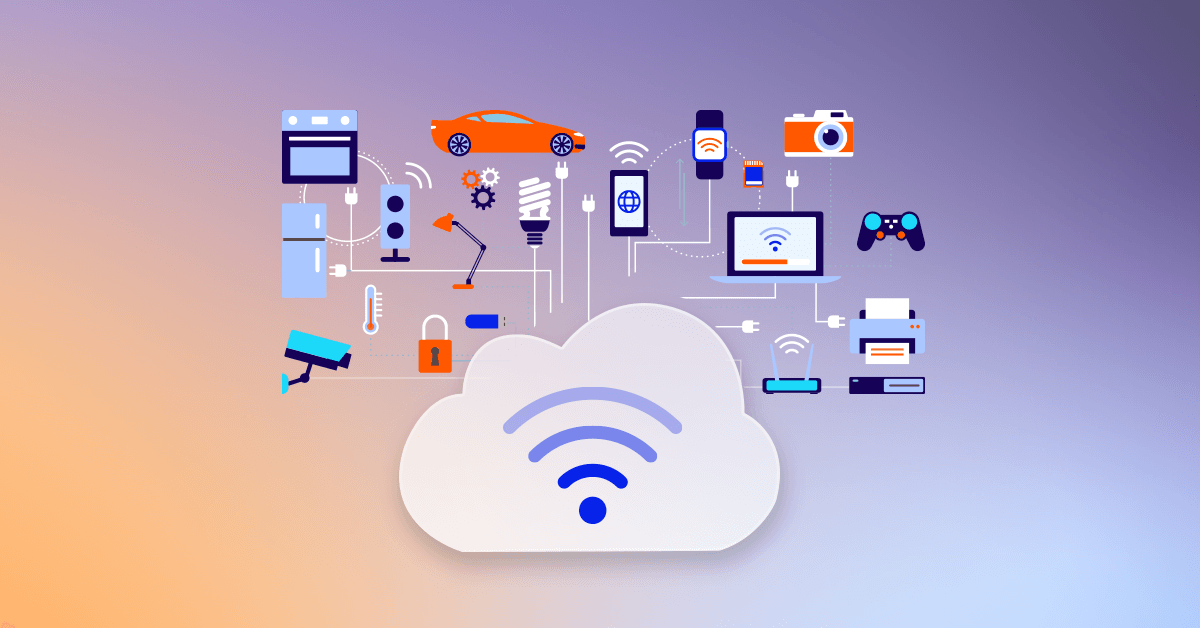The Internet of Things (IoT) – the concept of connecting everyday physical objects and industrial equipment to the internet – has moved far beyond futuristic predictions. As of April 2025, it's a practical reality actively deployed across industries, delivering tangible results. While the technology itself is fascinating, for business leaders, the critical question remains: How does IoT actually improve my bottom line and make my operations run smoother?
The answer lies in operational efficiency. By embedding sensors and connectivity into assets, equipment, and environments, IoT provides unprecedented visibility and control, unlocking significant gains in speed, cost savings, resource utilization, and waste reduction. Here in the UAE, where smart initiatives and industrial optimization are key strategic pillars, leveraging IoT for efficiency is becoming increasingly crucial for competitiveness.
Forget the hype; let's look at concrete examples of how IoT is delivering measurable operational efficiency gains right now:
1. Predictive Maintenance in Manufacturing: Minimizing Downtime
- The Challenge: Unexpected equipment breakdowns on a production line can halt operations entirely, leading to costly delays, missed deadlines, and expensive emergency repairs. Traditional scheduled maintenance can be inefficient, either servicing equipment too early or too late.
- The IoT Solution: Sensors are placed on critical machinery to continuously monitor parameters like vibration, temperature, and energy consumption. This data is fed into an analytics platform (often AI-powered) that detects subtle anomalies indicating a potential failure before it happens.
- The Efficiency Gain: Maintenance teams receive alerts predicting which machine needs attention and when. This allows for scheduled, proactive maintenance, drastically reducing unplanned downtime (often by 30-50%), extending equipment lifespan, optimizing maintenance schedules (reducing unnecessary servicing), and lowering overall repair costs.
2. Fleet Management & Logistics: Optimizing Routes and Resources
- The Challenge: Managing a fleet of vehicles involves significant fuel costs, maintenance overhead, and the constant challenge of ensuring timely deliveries while maximizing asset utilization. Lack of real-time visibility makes optimization difficult.
- The IoT Solution: Vehicles are equipped with GPS trackers, fuel level sensors, engine diagnostic sensors (OBD-II), and sometimes temperature sensors for refrigerated cargo. This data provides dispatchers and managers with real-time location, vehicle health status, driver behaviour insights, and cargo conditions.
- The Efficiency Gain: This enables dynamic route optimization based on traffic and delivery schedules, leading to significant fuel savings (often 10-20%) and reduced mileage. Predictive maintenance alerts minimize roadside breakdowns. Monitoring driver behaviour can improve safety and reduce wear-and-tear. For cold chains, temperature monitoring prevents spoilage, ensuring compliance and reducing waste. Overall asset utilization improves dramatically.
3. Smart Buildings & Facilities Management: Slashing Energy Costs
- The Challenge: Commercial buildings are major energy consumers. Manually managing lighting, HVAC (Heating, Ventilation, and Air Conditioning) systems across large facilities is inefficient, often leading to significant energy waste in unoccupied areas or during off-peak hours.
- The IoT Solution: Smart thermostats, occupancy sensors, smart lighting systems, and connected HVAC units allow for automated and remote control of building environments. Systems can learn occupancy patterns and adjust temperature and lighting accordingly. Real-time energy consumption data provides insights into usage patterns.
- The Efficiency Gain: Automated adjustments based on real-time occupancy and environmental conditions lead to substantial reductions in energy consumption (often 15-30%). Predictive maintenance alerts for HVAC systems prevent costly failures. Optimized management of cleaning and security staff based on actual space usage further enhances operational efficiency. This aligns perfectly with the UAE's sustainability goals and smart city visions.
4. Retail Inventory Management: Reducing Stockouts and Manual Effort
- The Challenge: Maintaining optimal inventory levels is critical in retail. Manual stock counts are time-consuming and prone to errors, leading to stockouts (lost sales) or overstocking (tied-up capital, potential waste).
- The IoT Solution: Smart shelves equipped with weight sensors or RFID tags automatically track inventory levels in real-time. When stock for a particular item drops below a predefined threshold, the system can automatically trigger a reorder notification or alert staff.
- The Efficiency Gain: This automation dramatically reduces the time and labour spent on manual inventory counts. Real-time visibility minimizes stockouts, improving customer satisfaction and maximizing sales opportunities. It also helps optimize stock levels, reducing holding costs and waste from expired goods.
Key Takeaway: From Data to Actionable Efficiency
These examples highlight a common theme: IoT provides the data and visibility that were previously unavailable. When combined with analytics and integrated into workflows, this data allows businesses to move from reactive problem-solving to proactive optimization. The result is a more streamlined, cost-effective, and resilient operation.
Of course, implementing IoT requires careful planning around connectivity options (like 5G, increasingly available across the UAE), data security, platform selection, and integration with existing systems.
Conclusion: IoT is Here, Delivering Efficiency Now
The Internet of Things is no longer a distant concept; it's a practical toolkit for achieving significant operational efficiency gains across numerous sectors. By providing real-time insights and enabling intelligent automation, IoT helps businesses save costs, optimize resources, reduce waste, and improve overall performance. For companies operating in the competitive and rapidly digitizing landscape of the UAE, exploring how IoT can streamline operations is not just an option – it's becoming a strategic necessity.
Wondering where IoT could unlock hidden efficiencies within your specific operations? Dehongi helps businesses identify practical IoT opportunities and implement solutions that drive measurable results. Let's discuss how connected technology can optimize your performance.
